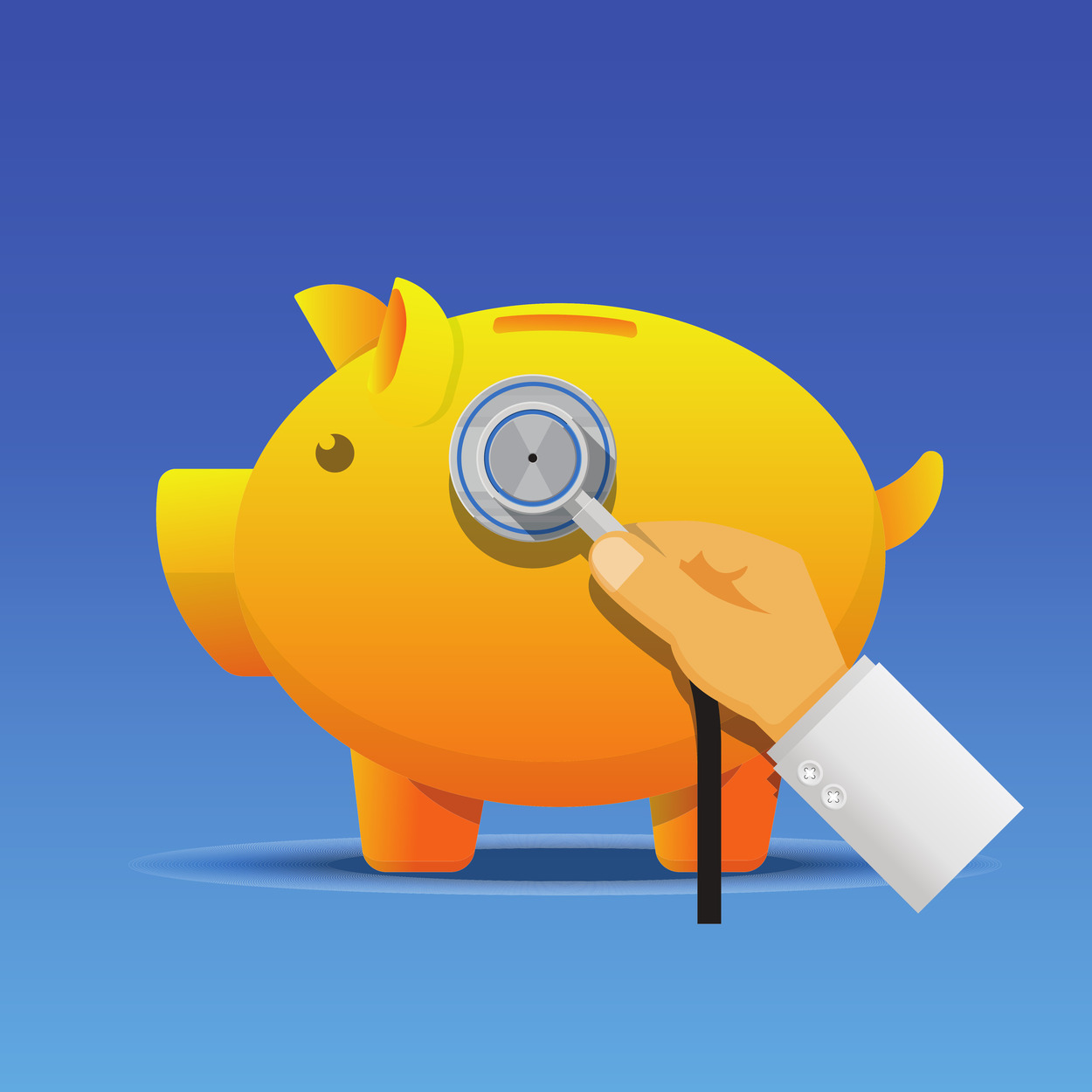With half of 2024 already behind us, it’s a perfect time to assess your financial goals and make necessary adjustments. Whether you’ve been on track or have veered off course, a mid-year financial checkup can help ensure you’re on the right path. “If you set a goal, ‘just set it and forget it’ doesn’t work,” said certified financial planner Jaime Eckels. This comprehensive checkup involves reviewing your cash flow, debts, savings, and more to maintain financial health.
1. Review Your Cash Flow
Start by analyzing your income and expenses to ensure you have a positive cash flow. Track the money coming in and going out of your accounts, aiming to have more inflow than outflow. This step is crucial as many Americans struggle to cover daily expenses without dipping into savings or using credit cards. To improve cash flow, reduce discretionary spending and focus on necessities.
2. Focus on High-Interest Rates
High-interest rates present both challenges and opportunities. “With rates near 20-year highs, it’s important to review any outstanding high-interest debt you may have,” advised Terry Rasmussen, CEO of Thrivent. Paying down high-interest debt like credit cards can improve your credit score and financial stability. Additionally, take advantage of high-yield savings accounts that offer better returns on your savings.
3. Boost Emergency and Retirement Savings
An emergency fund with three to six months of living expenses is essential. If you’ve dipped into this fund, now is the time to replenish it. “The nice thing is you’re getting 4.5% to 5% on your cash right now,” Eckels noted. Ensure you’re maximizing contributions to your 401(k) or workplace retirement plan to benefit from employer matching. For those without a workplace plan, consider opening an IRA to boost retirement savings.
4. Tackle Taxes Early
Addressing your taxes now can prevent surprises later. Use the IRS withholding calculator to ensure the correct amount of taxes is being withheld from your paycheck. “If you owed a lot in 2023, consider increasing your federal withholding,” suggested David Peters, founder of Peters Financial. For self-employed individuals, making timely estimated tax payments is crucial to avoid penalties.
5. Protect Your Assets
Lastly, review your insurance coverage to protect your assets and family. Ensure your health, life, and disability insurance align with your needs. Additionally, check your home and auto insurance policies for adequate coverage and explore discounts or bundling options to optimize costs. “Ensure that your policies adequately protect your assets and provide sufficient liability coverage,” Rasmussen emphasized.
Conducting a mid-year financial checkup is a proactive step towards maintaining and improving your financial health. By reviewing cash flow, managing high-interest debt, boosting savings, addressing taxes, and protecting assets, you can achieve greater financial stability. As Jaime Eckels wisely stated, “You need to have accountability and you need to check in.”







